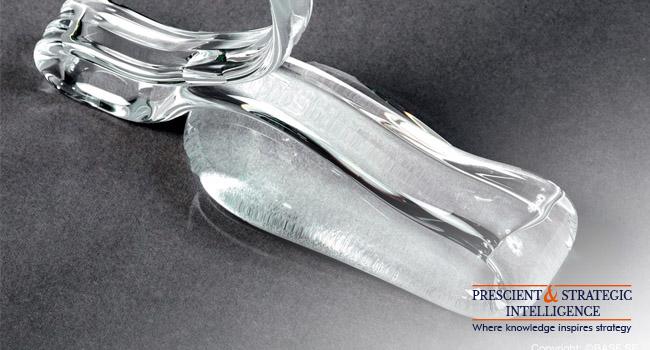Polyisobutylene Market Will Reach USD 2,980.6 Million By 2030

The global polyisobutylene market was valued at USD 2,130.9 million in 2024, and this number is projected to reach USD 2,980.6 million by 2030, advancing at a CAGR of 5.8% during 2024–2030, according to P&S Intelligence.
This growth can be ascribed to its variety of applications, such as automotive rubber components adhesives & sealants, lubricant additives, fuel additives, medicine, and cosmetics. Polyisobutylene is a gas or liquid-resistant synthetic rubber/elastomer extracted from the mixture of isobutylene and isoprene.
In 2022, High-molecular-weight polyisobutylene held the largest market share, at approximately 65%, and is projected to develop at the CARG of above 5% in the coming few years. This is mainly ascribed to several factors, polyisobutylene with high molecular weight works as a solid water vapor barricade and provides a bond to diverse surfaces, electrical resistance, and flexibility at low temperatures.
High-molecular-weight PIB is utilized in a range of industrial applications, including lubricants, fuel, and additives, sealants for protecting glass and roofing membranes, glues for gum, and stretch films.
Lubricant additives are the most commonly used for this polymer, in 2022, fuel additives, generated approximately USD 1.2 billion in revenue share in the polyisobutylene market. PIB is utilized in producing tackifiers, which offer stringiness and tack to lubricants, while also providing adherence and anti-mist abilities.
Moreover, PIB advances lubricity, deposit formation, temperature resistance, and shear stability, therefore, increasing the lifespan of the oil as well as the engine.
Because of their ability to hold air for a longer time, tubeless tires have shown a surge in popularity in the past few years over conventional tires with tubes. Tubeless tires reduce the chance of a flat tire and enable the car to travel with lesser tire pressure. Since these tires are manufactured using PIB, which provides air penetrability, the requirement for a slower release of air pressure has elevated the requirement for this polymer in the vehicle industry.
In 2022, in APAC, China held the largest revenue share, at around 70%, and is projected to increase the revenue contribution at a substantial CAGR, of approximately 6%, in the coming few years.
This is mainly due to the government’s steps for infrastructure growth are expected to aid financial expansion and the cosmetics, construction, and automobile industries. Though these are not long-term predictions, growth in the manufacturing industry is predicted to remain reasonable, which will have an impact on polyisobutylene demand in the nation in the coming few years.
Hence, mainly because of its variety of applications in, automotive rubber components adhesives & sealants, lubricant additives, fuel additives, medicine, and cosmetics, these are major reasons that will drive the polyisobutylene market in the future as well.
Source: P&S Intelligence

- Art
- Causes
- Crafts
- Dance
- Drinks
- Film
- Fitness
- Food
- Games
- Gardening
- Health
- Home
- Literature
- Music
- Networking
- Other
- Party
- Religion
- Shopping
- Sports
- Theater
- Wellness


